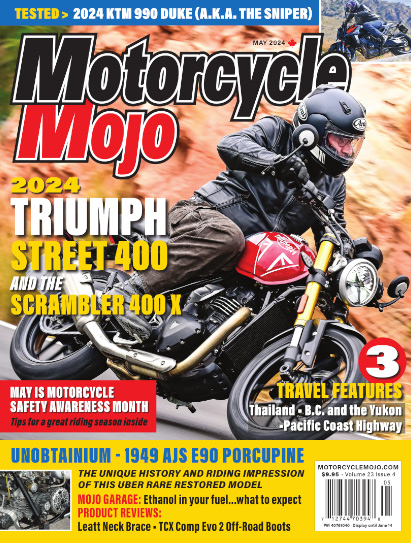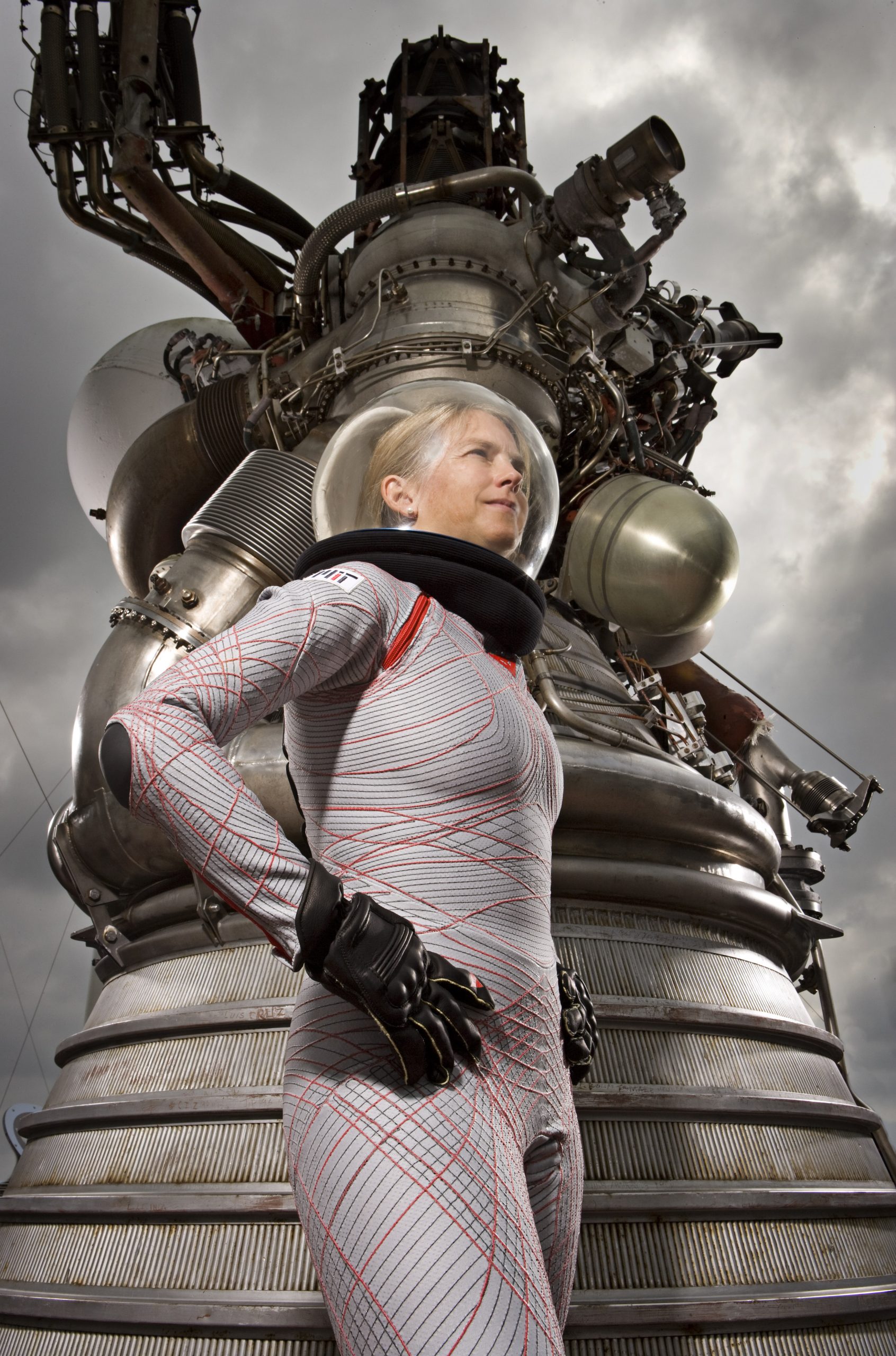Dainese and MIT Teaming Up
We’ve all seen video of astronauts being shoehorned into bulky, awkward spacesuits, often with support crew close by, ensuring they don’t topple over under the extreme weight. These hulking garments are ironically called Extravehicular Mobility Units (EMUs), yet appear to be anything but mobile, even when in a zero gravity environment.
For more than ten years, MIT Aeronautics researcher, Dava Newman has been developing a form fitting space suit that could allow future space travellers the same range of movement they have here on earth.
The Biosuit is designed to be a self contained, life-support system, which weighs a fraction of current suits. Astronauts have undergone 25 shoulder surgeries as a result of wearing the 300 lbs suits currently in use, and it’s doubtful there’s going to be room for a surgeon to come along during a voyage to Mars.
The current EMU’s are filled with pressurized gas, allowing humans to survive in space. It’s a bit like being inside a balloon, with the pressurized gas preventing human skin from expanding due to the lack of atmospheric pressure when in space. If the suit is punctured, all the gas escapes and it’s game over. In the case of the Biosuit, elastic materials and strategically located alloy bands, form a second skin, squeezing the wearier with just enough pressure – which according to Newman is one third of an atmosphere – to keep them alive in the vacuum of space. This means that only the helmet needs to hold pressurized gas for the purposes of breathing. Should a puncture of the suit occur, a patch can be applied, and it’s back to business as usual.
Motorcycle apparel manufacturer Dianese have been asked to consult on the project, bringing to bear their knowledge of protective gear and keen eye for design. The notion that appearance somehow matters in space travel may at first seem ridiculous, but acquiring massive amounts of funding can often come down to a popularity contest. NASA itself has realized that public interest is what drives the future of space travel. Getting the public interested, means getting them to identify with the projects, and more importantly, the people involved, and having astronauts that are identifiable as humans, of either the male or female gender, is a good start.
Design work is currently under way to incorporate an air-tight seal between the garment and helmet, and further testing will be on-going. The hope is to have everything ready for the first voyage to Mars, but a lack of funding from NASA means that much of the progress is dependant on Dava Newman and her team at MIT.










